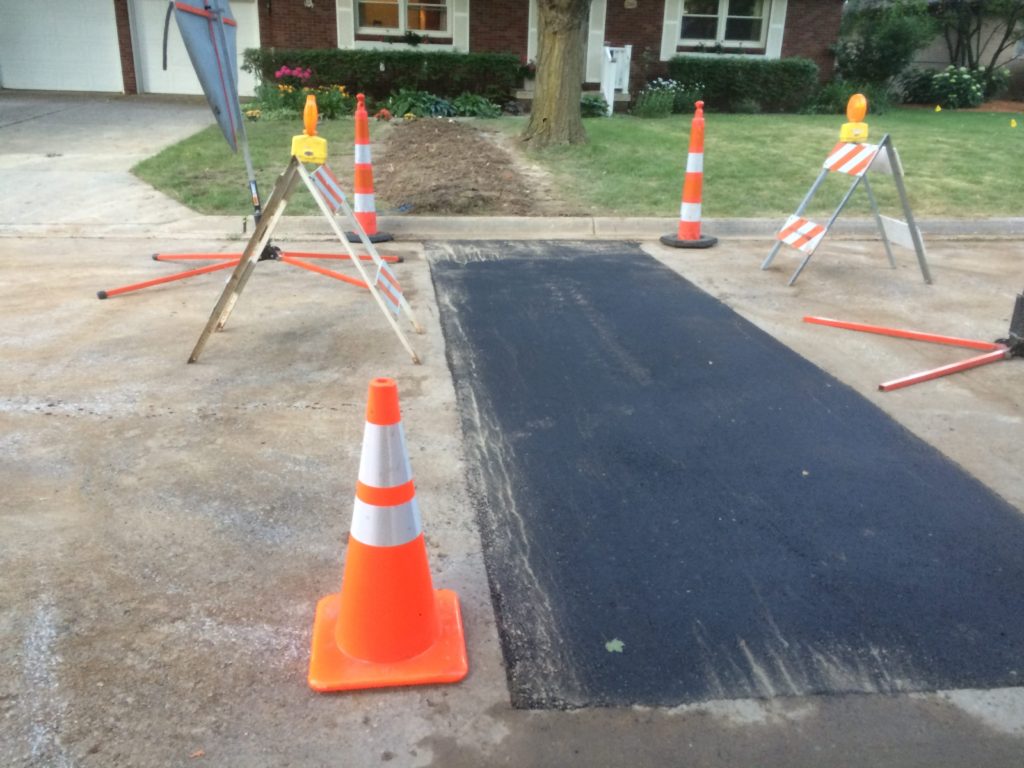A lot of people in the Foreign Service both love and fear home leave. They love it because they get to go home to America, see family and friends, eat food that they missed while at post, and relax. They fear it because many people do not own a house in the U.S. Although home leave is a paid vacation, they still have all the regular daily expenses, plus the problem of housing. “Hemorrhaging money” is a phrase that a lot of people use to describe home leave.
I own a house in Michigan. I love my house. I’ve lived here for 16 years, my kids grew up in the house. When we first bought it, we put a lot of work into remodeling it. It’s my home. Several of my colleagues at post were probably sick of me saying: “I miss my fireplace.” I did miss my fireplace.
Because I didn’t have to worry about renting a place to live while on home leave, I was a bit smug about the prospect of relaxing in my house for a few weeks. I had it all planned out. We would kick back, I’d watch some TV, mow the lawn every week or so, walk to the local dairy store that makes the BEST doughnuts, visit the library, catch up on some reading.
There is a great Chinese word: 房奴, “house slave.” It describes the situation in which homeowners are bound to their house, and if something goes wrong with the house, the house demands that the homeowner fix it NOW. This term became relevant to us when we discovered The Sewer Problem.
Our house is older, built in 1961. It was a simpler time. Choices for building materials were narrower. The pipe that carried waste water from the house to the sewer main is made of clay. I guess that when they built it, clay was the best material that was available. Iron rusts, and durable plastic wasn’t an option. The pipe worked fine for decades, but clay has a serious defect: it breaks. Mine broke. A combination of rocks in the soil and tree roots broke my sewer pipe.
Sewer pipes are buried deep in the ground, because who wants to think about your sewer? Not me. Bury that sucker. Bury it deep.
A broken sewer pipe is A Big Deal. It is one of those home improvement projects that can not be put off for another day. It’s right up there with a broken furnace in the middle of winter. It has to be done now.
So we took a deep breath and called the plumbing guys. The first phase was painful enough: they dug a huge trench in my lawn to get at the old pipe and install a new pipe. When they were done, it looked like a grave for a boa constrictor’s coffin.
The second phase was digging up the road to replace the pipe to the main. According to city policy, even though the pipe ran under the city street, the homeowner is responsible for all expenses related to fixing the sewer line. I even had to pay to replace the patch of road.
Now that the project’s done, we have a lot less money than we started out with. But, there are bright sides to this. We have fixed a problem that would have been necessary to solve sooner or later. I’m glad that we caught the problem when we were at home. Trying to coordinate this project from another hemisphere would have been a nightmare. And when we sell the house, this will add a lot of value to the property. This plumbing job is a home improvement project that every house on my block will eventually have to undertake. They all have the same clay pipe. Since we will have already solved it, the new owners will have peace of mind.
And you can bet that we will add the cost of this project to the price of the house!!







SO glad you were able to deal with it “on leave” in the summer 🙂 not in the “dead of winter” as we did a few years ago 🙁